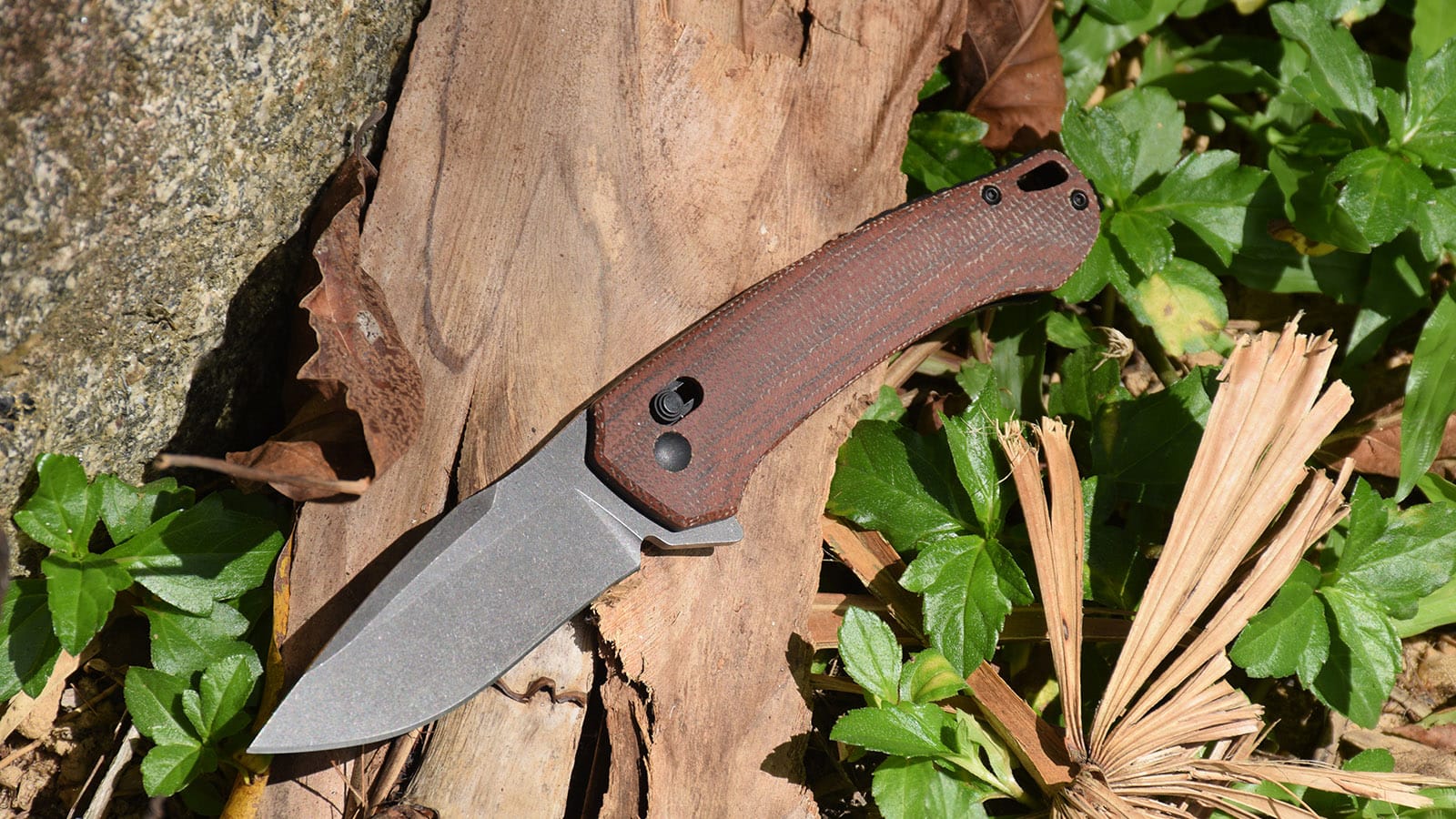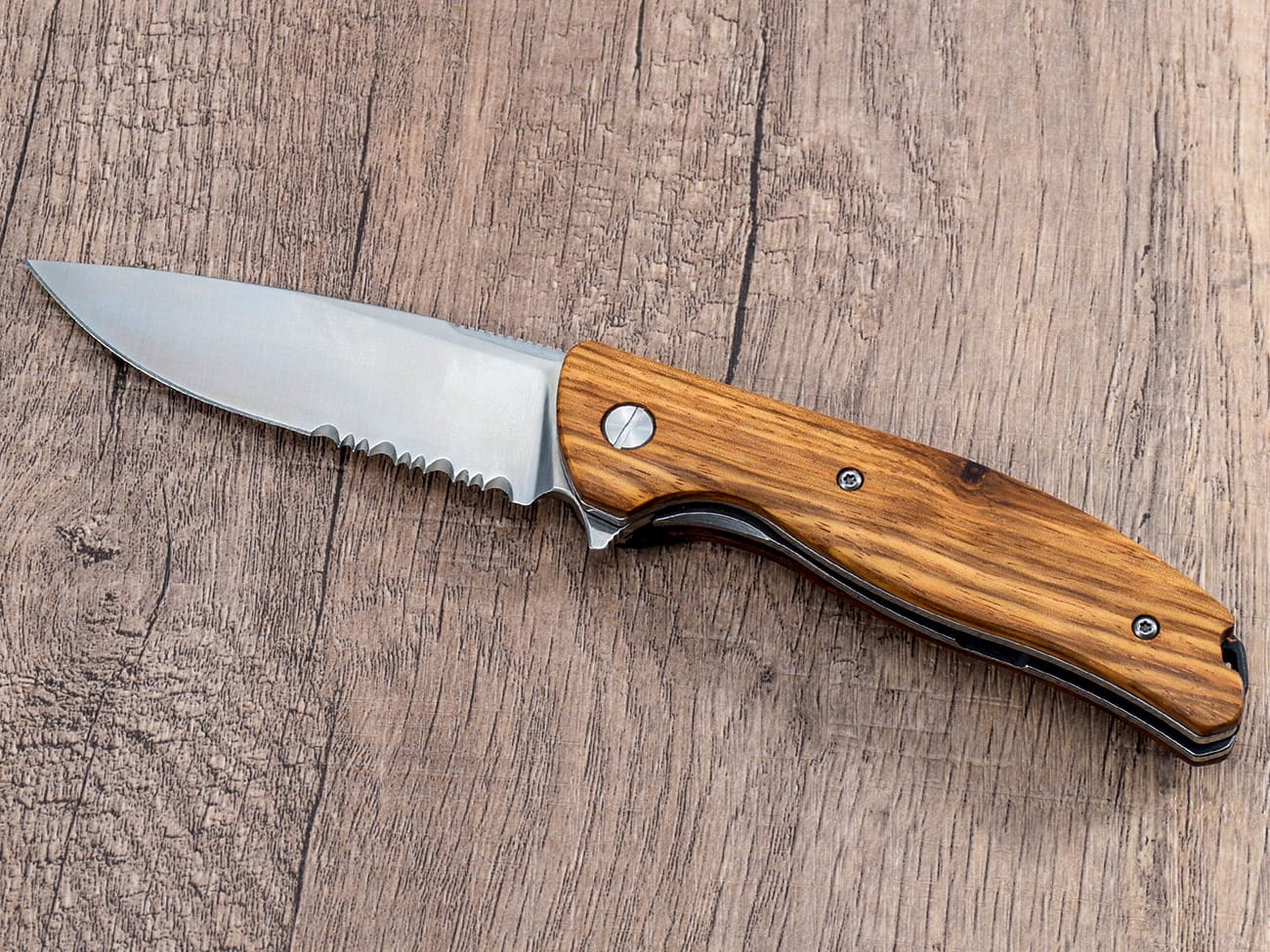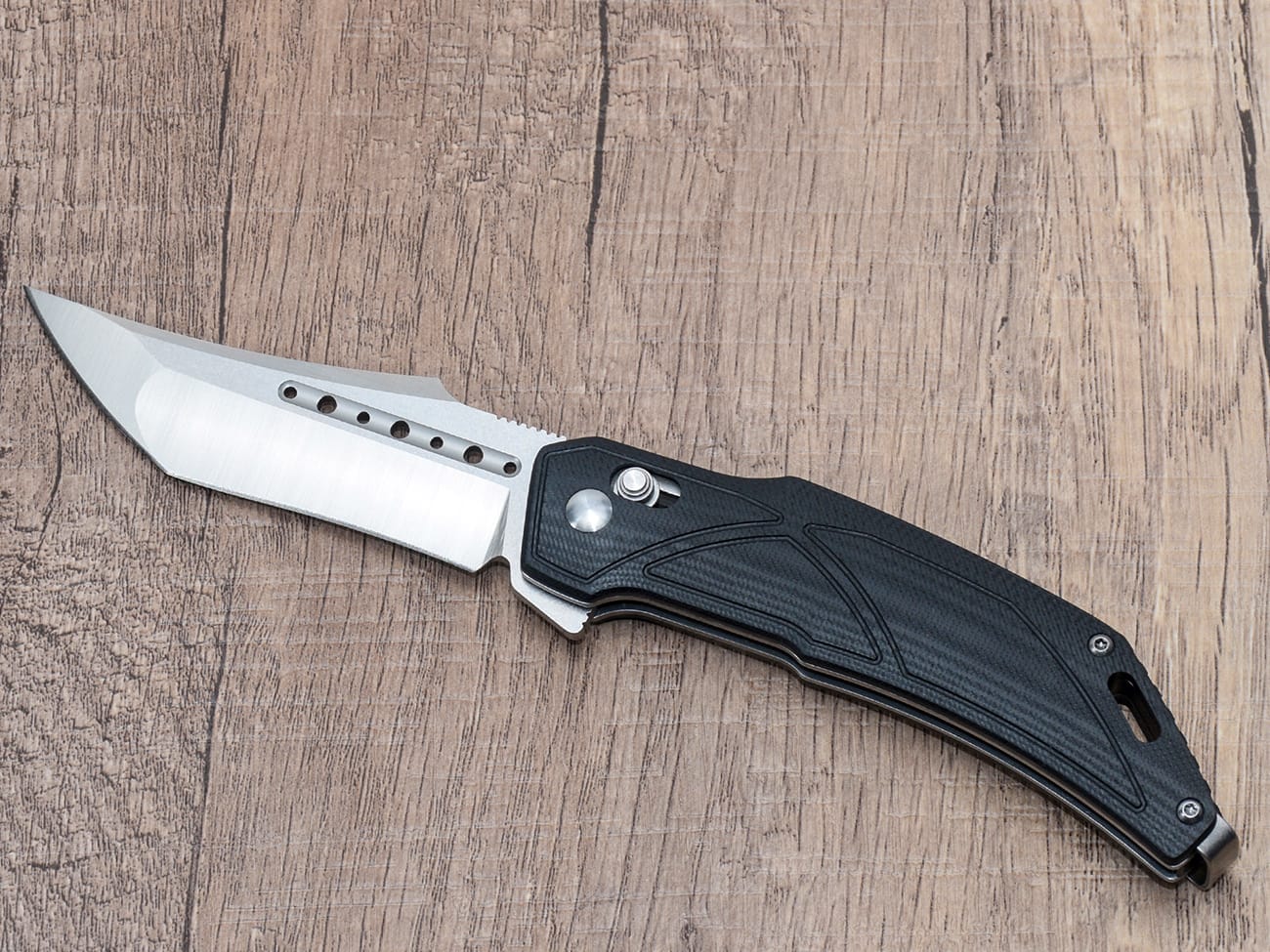Whether you’re a professional chef, outdoor enthusiast, or home cook, understanding different types of knives and their specific purposes is essential for choosing the right kitchen knife or utility blade. This comprehensive guide will walk you through various knife types, their characteristics, and how to identify them, helping you make informed decisions about which blade best suits your needs.
What Are the Main Categories of Kitchen Knives?
The culinary world offers several specialized blade types, each designed for specific kitchen tasks. A chef knife serves as the cornerstone of kitchen cutlery, while specialized tools like the paring knife and bread knife complement it perfectly. Every kitchen needs these fundamental tools for efficient food preparation.
How Do You Identify a Chef’s Knife?
A chef knife is the most versatile blade in any kitchen. This knife type features a broad blade that typically measures 8-10 inches long, with a sharp, curved edge that allows for a rocking motion while chopping. The blade is designed for various tasks, from mincing herbs to slicing through tough vegetables.
What Makes a Paring Knife Different?
The paring knife, longer than a paring knife and narrower than a chef’s knife, excels at precision work. This small but mighty blade typically measures 3-4 inches and is perfect for detailed tasks like peeling fruits or deveining shrimp. Its maneuverability makes it ideal for intricate cutting jobs.

Damascus folding knife with wooden handle and pocket clip – a perfect example of artisanal knife craftsmanship
Understanding Utility Knives and Their Purpose
A utility knife bridges the gap between a chef knife and paring knife in size and functionality. This versatile tool handles various kitchen tasks, from slicing sandwiches to cutting small vegetables. The blade typically measures 4-7 inches, making it perfect for medium-sized cutting jobs.
What Distinguishes a Boning Knife?
The boning knife features a narrow, flexible blade designed specifically for separating meat from bone. This specialized knife has a sharp point and thin blade that allows for precise cutting around joints and bones, making it essential for butchering and meat preparation.
How to Recognize a Bread Knife?
A bread knife is immediately recognizable by its serrated edge, which allows it to saw through crusty breads without crushing the soft interior. This knife type typically features a long blade with pronounced teeth, perfect for slicing through baked goods and soft fruits.
What Makes Japanese Knives Special?
The Japanese knife tradition brings us specialized blades like the santoku knife, which combines the functionality of a cleaver with the precision of a chef’s knife. These steel knives often feature superior craftsmanship and distinctive blade patterns.
Understanding Tactical and Survival Knives
Tactical knives and survival knives are designed for outdoor and emergency use. These robust tools feature strong, durable blades and comfortable handles, often incorporating additional features like serrated sections or gut hooks.
How to Choose the Right EDC Knife?
EDC knives (Every Day Carry) should balance functionality with portability. These knives are designed for general use and often feature folding mechanisms and pocket clips for convenient carrying.
What Are Specialty Knives and When to Use Them?
Specialty knives include tools like the cheese knife, carving knife, and decorating knives. Each serves a specific purpose, from creating intricate garnishes to perfectly slicing through different types of cheese. The right knife is ideal for achieving professional results in specialized culinary tasks.
Key Points to Remember:
- Different types of kitchen knives serve specific purposes
- The blade shape and size determine a knife’s optimal use
- Quality steel knives require proper care and maintenance
- Professional kitchen tools should match your cooking needs
- Understanding knife characteristics helps in selecting the right blade
- Regular maintenance ensures optimal performance
- Proper storage extends knife longevity
Learn more about knife handle materials to make informed decisions about your next knife purchase.




